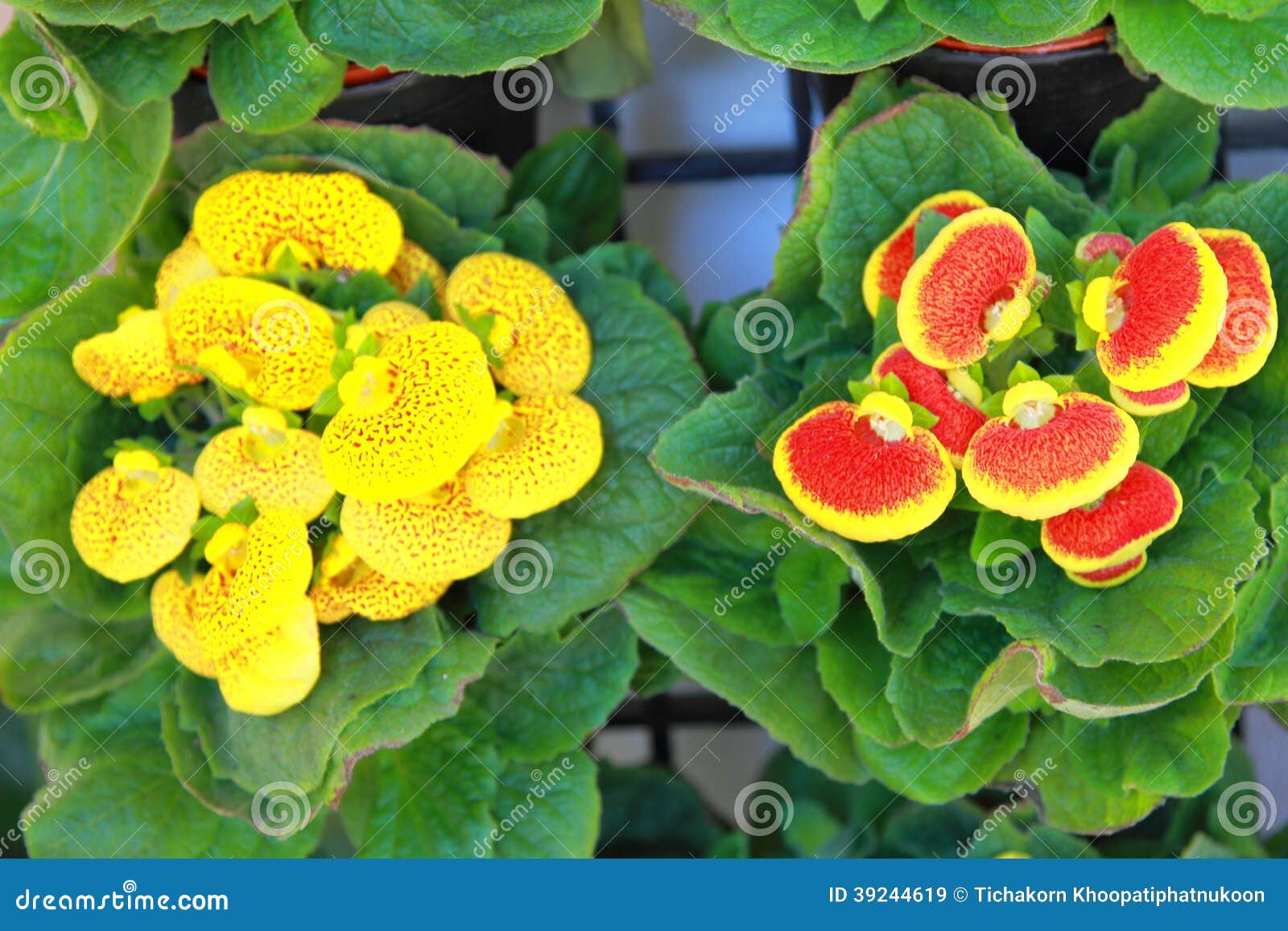

Layout, printing, and binding of the book are esthetically applealing and of high quality. The editing was done by Joachim Kadereit, who obviously put in a great deal of effort to produce generally well balanced and consistently structured chapters. The contributions collected in the volume have been written by one or more internationally recognized specialists for the various families.
#Gloxinia trumpet flower brown calex free#
Feel free to give it a lot of light while avoiding direct sun."As with the earlier parts in the series, the long awaited Volume VII is an invaluable source of descriptive, taxonomic, phylogenetic, biogeographic, and last but not least the most critical bibliographic information. That’s why the real name of the flower was later corrected to Sinningia speciosa. However, research showed that this “Florist’s Gloxinia” is only distantly related to the actual Gloxinia family (or genus). In the early 19th century, in 1815, this flower was introduced in England under the horticultural name Gloxinia. This very beautiful perennial, native to Brazil, will grant you an abundant flowering during a large portion of the year.Ĭaring for it is relatively easy if the guidelines mentioned above are properly followed. Ideal temperatures for this rest phase are around 57 to 60☏ (13 to 15☌).Īt the end of winter, repot the tuber in new soil mix and begin watering regularly again.Īs soon as the first buds appear, water abundantly and there you go, your gloxinia is ready for a new cycle of blooming. Once there are no more leaves left, transfer your gloxinia to a cool, shaded and rather dry spot. Once the flowers have died off, you must reduce the watering until the leaves as well have also withered and died. You can make your own liquid flower plant fertilizer easily by fermenting weeds.Įarly September, slowly stop adding the fertilizer and stop it completely in October. More or less every fortnight, provide liquid flower plant fertilizer. This will ensure you have a beautiful blooming during this entire period. Gloxinia needs fertilizer during the entire vegetation phase, from March to September. As early as May you can even bring it outdoors, still not in direct sun but all the while maintaining proper light. Come February/March, start watering again and place your plant in a more luminous, warmer room, 65 to 72☏ (18 to 22☌). 
Let the plant hibernate by placing it in a darker, cooler room (about 50 to 60☏ (10 to 15☌). At the end of the blooming season (October), slowly reduce watering and stop it completely when the leaves have died.It bodes well to water regularly but not too much.Īlso mist the leaves often enough to recreate the proper moisture level.Remove wilted flowers often to spur appearance of new buds. Or, propagation through cuttings in summer.You can put saintpaulia in the immediate vicinity of this plant because they both share the same growing conditions. Use flower plant soil mix blended in with heath soil.įavor a bright spot but without direct sunlight, especially during the hottest hours. Completely replace the soil with brand new soil mix.Repot in spring, generally April does the trick. The tubers must be flush with the surface to ensure they won’t rot.It is recommended to plant the tubers in spring in a blend of garden soil and heath soil. Planting, care, watering and repotting are parameters that influence and will lead to successfully growing your gloxinia. Gloxinia embellishes our homes thanks to its magnificent blooming.






 0 kommentar(er)
0 kommentar(er)
